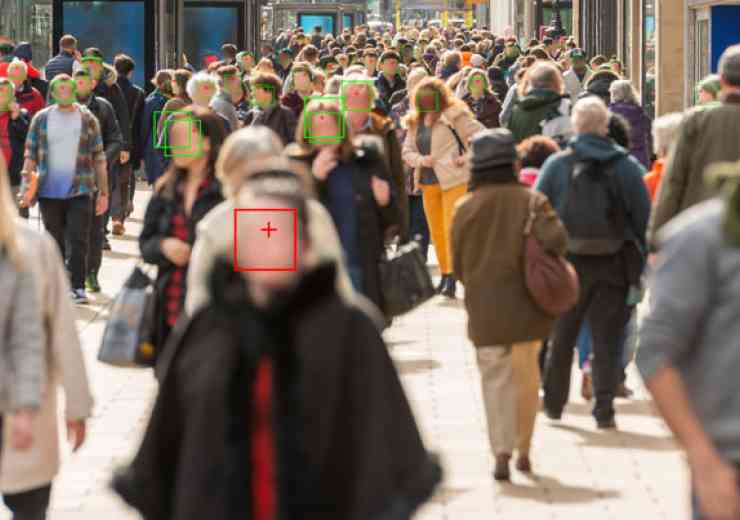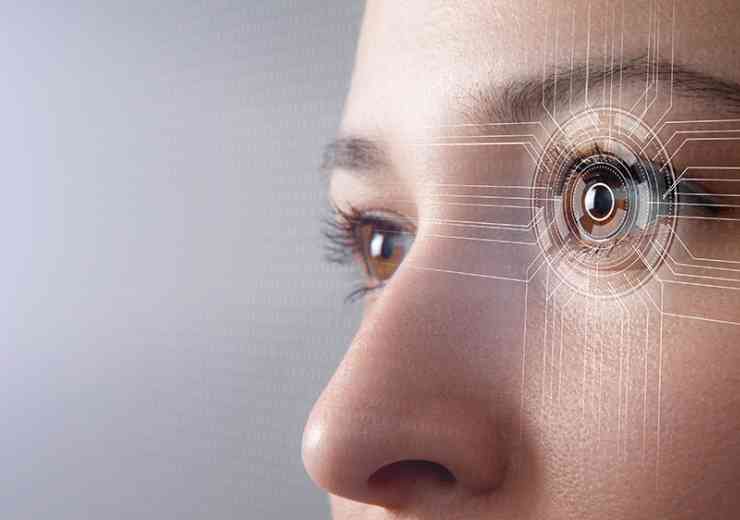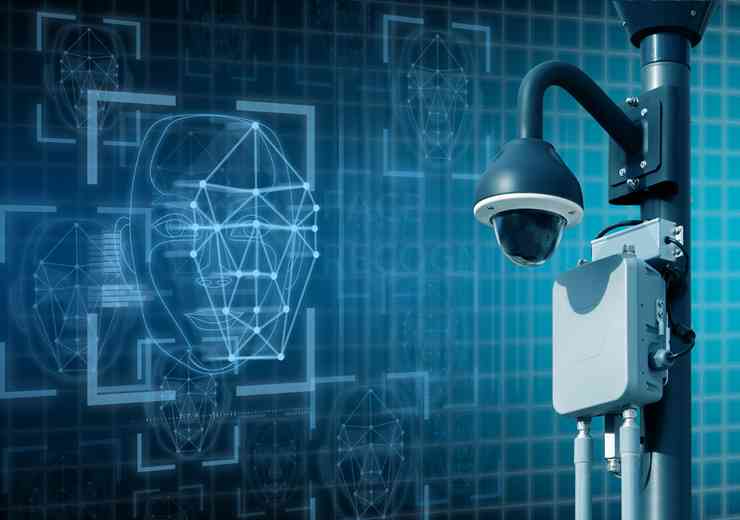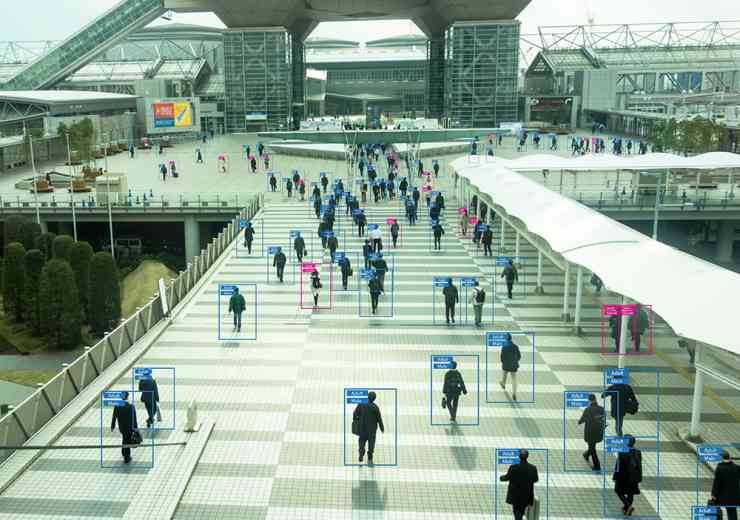Digital surveillance - securing the integrity of evidence
In recent years we have witnessed the widespread adoption of powerful digital video recording systems as the world of surveillance parallels the digitalisation of all aspects of our lives – from the television we watch to the music we listen to. This step change in technology has opened up tremendous opportunities in terms of the capabilities of digital solutions compared to older analogue systems to deal with a wide range of criminal and terrorist threats.
Thankfully the practical experience amongst police officers, and others, gathering video evidence from recording systems has moved on since the days when the pictures gathered from CCTV cameras were frequently discovered to be in a poor state. A combination of insufficient cleaning and maintenance, overuse of VCR tapes, inadequate lighting and lax operational procedures often led to problems in identifying potential crime culprits. Shifting expectations Of course this is not to say that the move to digital has been smooth sailing. It has also thrown-up some challenges, most notably, ensuring that end users, the judicial system and the police appreciate that digital video evidence is not the same as a tape based recording, which they had grown so accustomed to.
Historically, with a standard VCR tape, there was the reassurance for security managers and the police of being able to physically touch the original as this was the medium directly recorded to. Not so with digital, as images have to be taken off the hard drive of a unit, where the original evidence is stored, and copied onto removable media. Bearing this in mind, for cases where digital images are being used for evidential purposes, it is imperative that proper consideration is given to securing the integrity of this material and, in particular, whether the digital video recording systems comply with the latest British Standards and best practice.
In response to the pressing need to ensure that the proper procedures are being followed, and that adequate weight could be given to digital video evidence in the criminal justice system, at the BSIA we produced a Code of Practice for ‘Digital Recording’ systems. This process involved extensive consultation with interested bodies in the UK including the Association of British Insurers, the Law Society, and the Home Office Scientific Development Branch, plus input from police forensic experts. Moving on from this document, which was positively received by stakeholders, we assisted in the development of the new British Standard, BS8495, which also focuses on this critical area and takes on board many of the elements in our original Code of Practice.
Published at the end of 2007, the landmark British Standard, BS8495, was ratified by BSI less than a year after our Code of Practice. BS8495 delivers invaluable recommendations for the specification, selection, installation and operation of digital CCTV recording systems that generate CCTV images that may be used in a court of law. It is aimed at assisting specifiers, installers, users, insurance companies, police, authorities and purchasing organisations to ensure systems are used more effectively to gather vital evidence.
As a starting point BS8495 underlines the necessity of looking at the operational requirements of the CCTV solution before evaluating the clarity of the recording images as the judgement on this will to a large extent be dependent on what the CCTV has been deployed for. When it comes to the quality of digital CCTV images recorded there are a number of factors that can have an impact on the outcome such as the size of the subject in the field of view, lighting, maintenance, image transmission and specification of the camera/lens.
Other key areas covered by BS8495 to ensure that digital video evidence stands-up in court include the fitness for purpose of recorded images, the importance of a detailed audit trail, the need to maintain image integrity by preventing unauthorised access, the role of time and date integrity, the considerations associated with effective storage and the export and replay of exported images. Looking at these elements in more detail, with regards to the fitness of purpose of recorded images this basically means that the digital CCTV recording solution should meet the operational requirements of each camera, specifically when it comes to the recorded image resolution, compression and per second record rate. Audit trail When dealing with digital video evidence a vital concern is the ability to provide a robust audit trail. This should be verifiable and fully documented all the way from the recording of reference images to its presentation in court. Without such a process the validity of the evidence could be called into question.
It is advisable that an audit trail be retained for at least six months. Information which may form part of this trail includes user log on and log off details, time and date changes, when recording is actually started or stopped alongside the ID of the user, whether any enhancements have been applied to the image and by whom and details regarding the export of images. Another key point to consider is image integrity. There is a need to ensure that the integrity of the stored reference image remains by preventing any unauthorised access, this can be by physical or electronic means, while at the same time enabling images to be provided to legitimate third parties such as the police. It is also advisable that the time and date of recording is logged as part of an image’s metadata.
Focusing on storage, to maximise the benefits of the latest digital video surveillance solutions, it is vital that sufficient storage capacity is available for the task at hand. Users should, for instance, have access to information regarding the number of days/hours of recording stored – or the time of the earliest recording – and how long this can be kept of the system. Another area, addressed within BS8495, is that of the process of image export. From an evidential point of view there is certainly a need to ensure that the stored reference image remains unchanged even when, for example, an enhanced version of the image is created, for example, by zooming in on a specific area, and that an appropriate audit trial can be provided.
Another consideration for image export is that viewing software be included on any export media so, if necessary, it can be replayed on a PC. This is especially useful for the police to avoid unnecessary delays in evidence gathering. Caught on camera With CCTV playing an increasingly important role in crime prevention and detection, and the uptake of digital images for evidential purposes in high profile cases becoming widespread, certainly the importance of an independent benchmark like BS8495 has never been greater.
In recent times the advantages of effective digital video evidence have been amply demonstrated, through high profile events such as the Tonbridge depot robbery convictions and, particularly, during the London bombings investigation, which saw the gathering of footage from 28,000 CCTV cameras cut-down to seven hours of relevant footage. This massive intelligence exercise by London’s Metropolitan Police and surrounding forces was significantly aided by the presence of surveillance systems covering the streets, Tube stations and buses targeted in the attacks, as well as transport links elsewhere in the capital and surrounding counties. The pictures subsequently produced, such as those taken at Luton rail station of the 7/7 bombers on the way to their suicide missions, showed clear, identifiable images of the perpetrators and underlined the value of this monitoring method. Digital video evidence is also playing a key role in dealing with a wide range of law enforcement issues including trouble caused by so-called football fans in towns and city centres. A case in point is how Cumbria Police recently applied mobile CCTV to deal with 20 plus Newcastle and Carlisle supporters who had arranged to meet up to fight outside a pub.
With the digital CCTV footage officers from Cumbria Police were able to provide evidence to Northumbria Police so they could confirm the identities of the Newcastle supporters. The CCTV evidence led to a number of successful convictions – which included football banning orders, fines and community service. Technological change The benefit of guidance and Codes of Practice, such as BS8495, when it comes to the collection and storage of CCTV images, is underlined by the dramatic and sometime bewildering changes in available CCTV technology. We have seen the move from analogue to digital allowing more powerful and flexible systems to be rolled out for commercial and public space surveillance, the ability to record more pictures per second, cheaper storage, mobile systems in community partnership vehicles and on public transport, the increasing application of CCTV in a networked environment and new ways to automatically analyse images –from automatic number plate recognition to patterns of behaviour – and associate images with data captured elsewhere. To reiterate, there is a pressing need for a verifiable, documented, audit trail from the recording of the reference images to its presentation in court and facilities at this juncture for media playback. A serious concern is that unless these audit trails and operator procedures can hold-up under scrutiny in court, the Crown Prosecution Service may not be able to use the image in the first place or defence lawyers will later be able to pick holes in the evidence, potentially jeopardising the case and undermining a significant part of the raison d’etre of the system, not to mention wasting police time spent putting the case together in the first place.
Ultimately, we want to see the same confidence in the validity of digital media in the criminal justice system as there is in VHS tape from a traditional VCR, and there is little doubt that BS8495 standard is a significant step towards realising this goal.
The British Security Industry Association is the trade association covering all aspects of the professional security industry in the UK. Its members provide over 70 per cent of UK security products and services and adhere to strict quality standards.
For more information
Tel: 0845 389 3889
E-mail: info@bsia.co.uk
Web: www.bsia.co.uk
















